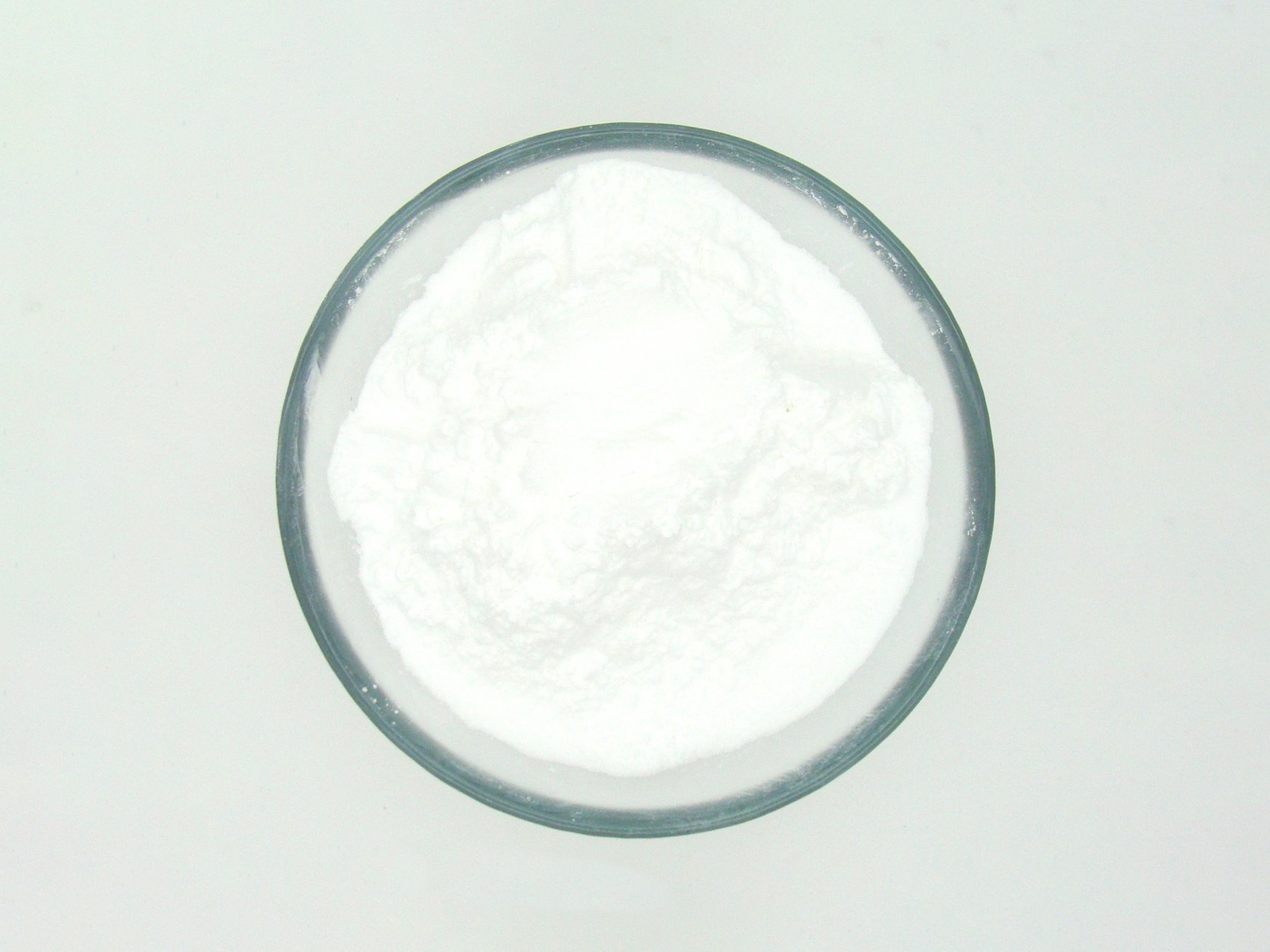SAS explained
Synthetic Amorphous Silica explained
Synthetic Amorphous Silica (SAS) is intentionally manufactured, highly pure, crystalline-free, silicon dioxide (SiO2). It has been produced and marketed for almost a century without significant changes in its physicochemical properties and exists in four forms:
- pyrogenic (also called fumed) silica
- precipitated silica
- silica gel
- colloidal silica
Silica also occurs naturally in several forms, the most obvious being sand. It can also be found in other minerals and in many plants such as bamboo, rice and barley. In nature the most abundant form, is crystalline quartz. While some of the silica types have individual Chemical Abstract System (CAS) numbers, the European Community number (EC number) for all silica is 231-545-4.
SAS as white dry powders or dispersions are used in a multitude of industrial and consumer applications. For instance, its properties help reinforce rubber, prevent plastic film from sticking and functions as filter aid in food production. It is approved in consumer applications such as food (e.g. to avoid that salt clumping), cosmetics (e.g. to facilitate spreading a cream) and pharmaceutical applications (e.g. as a carrier).


SAS powders are placed on the market as micron-sized agglomerates with an internal structure in the nanoscale. This is true for all currently known SAS products in powder form, independent of manufacturer, process and trade name. The only exception is colloidal silica, which is traded as aqueous preparations of nanostructured material.
SAS such as precipitated silica, silica gels and pyrogenic (fumed) silica are produced by the members of ASASP in a total volume of about 800,000 tons per year.